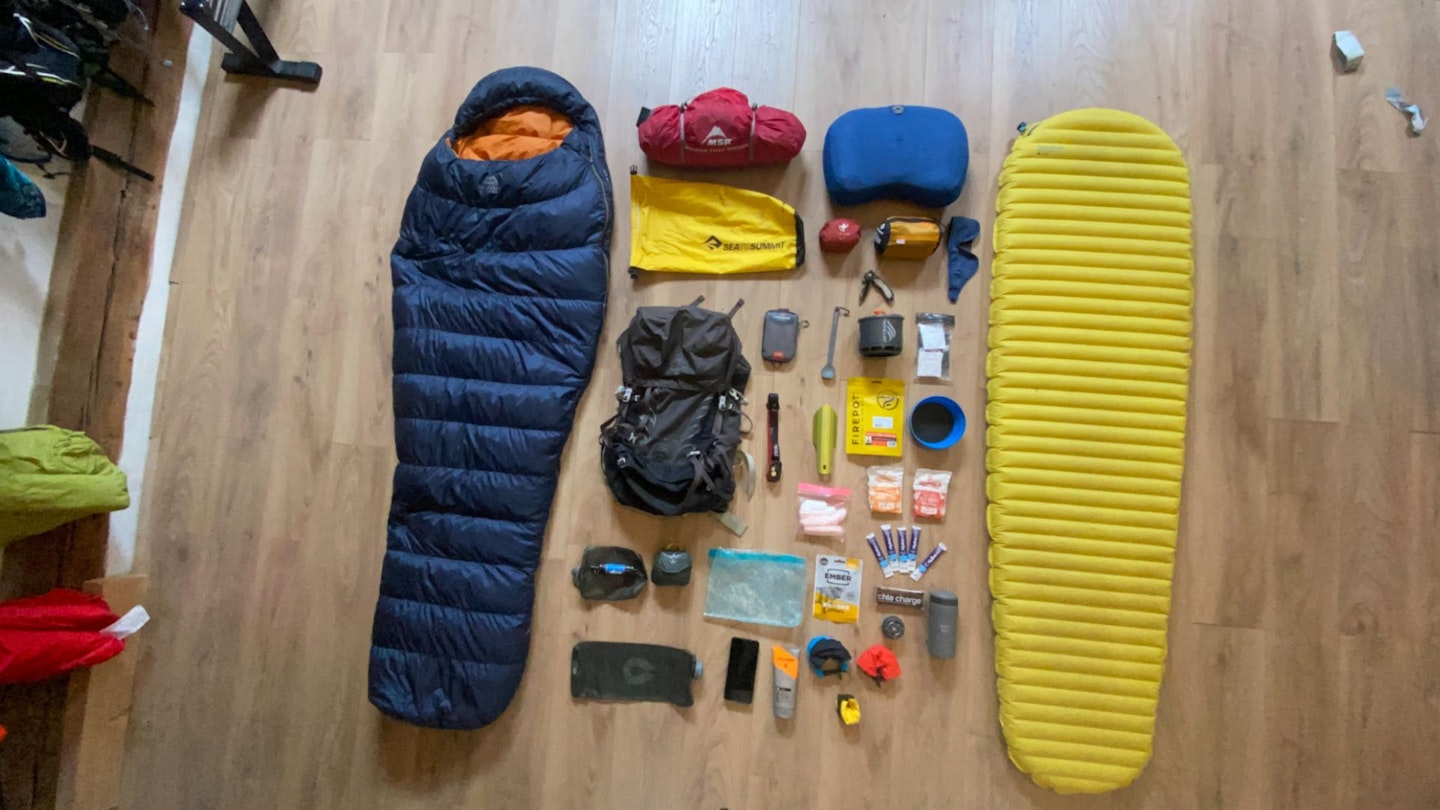If you’re of a nervous (financial) disposition, don’t look at the prices in an outdoor shop these days – it’ll send your head into such a dizzying spin that you might need to sit down. Those zeros at the end of the price tags aren’t typos. That Gore-Tex Pro waterproof jacket genuinely does cost £600, those leather boots will unapologetically burn a £300 hole in your pocket, and that ultralight tent is – without a hint of irony – worth more than your old car. Saving money on outdoor kit seems like a bit of losing game.
Since the onset of Britain’s cost of living crisis, the high price of outdoor gear and hiking kit has never been more obvious. Of course, rising prices have affected all aspects of spending, from the weekly grocery shop to the monthly British Gas energy bill, and the causes have been multi-factorial and complex. Stagnating wages, spiralling inflation, governmental policy calamities, the war in Ukraine, rising global petrol, diesel and gas prices, Brexit, and the lingering economic hangover from the pandemic have all played a part. Add all of this to the pre-Covid price-point baseline in the outdoor industry – which, arguably, was already pretty high – and the end result is sky-rocketing costs for consumers.
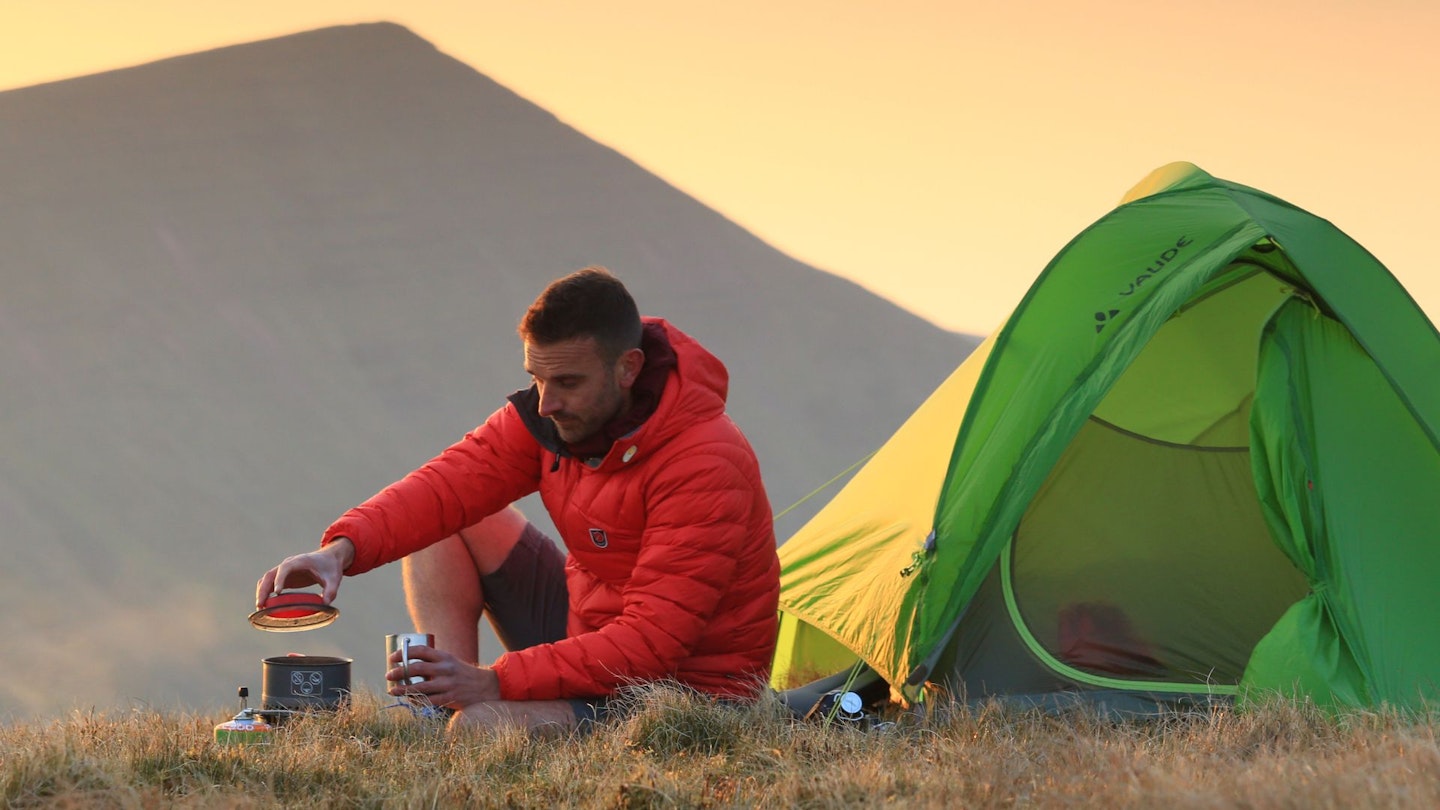
We know this is the case because we can look back at the RRPs of kit reviewed by us over the past few years. The Exped Black Ice 45 backpack, for example, cost £155 when featured in the July 2021 issue of our magazine, Trail, but was £195 come the release of our January 2024 issue – a £40 and 26% increase in a few years.
Similarly, the MSR Hubba NX Solo tent increased from £385 in May 2020 to £490 at the time of writing, and the Scarpa Mescalito GTX approach shoes rose from £180 in June 2020 to £220 in January 2024. There are numerous other examples of steep price inflation across many brands and different types of kit and clothing, although the rate of increase does vary significantly.
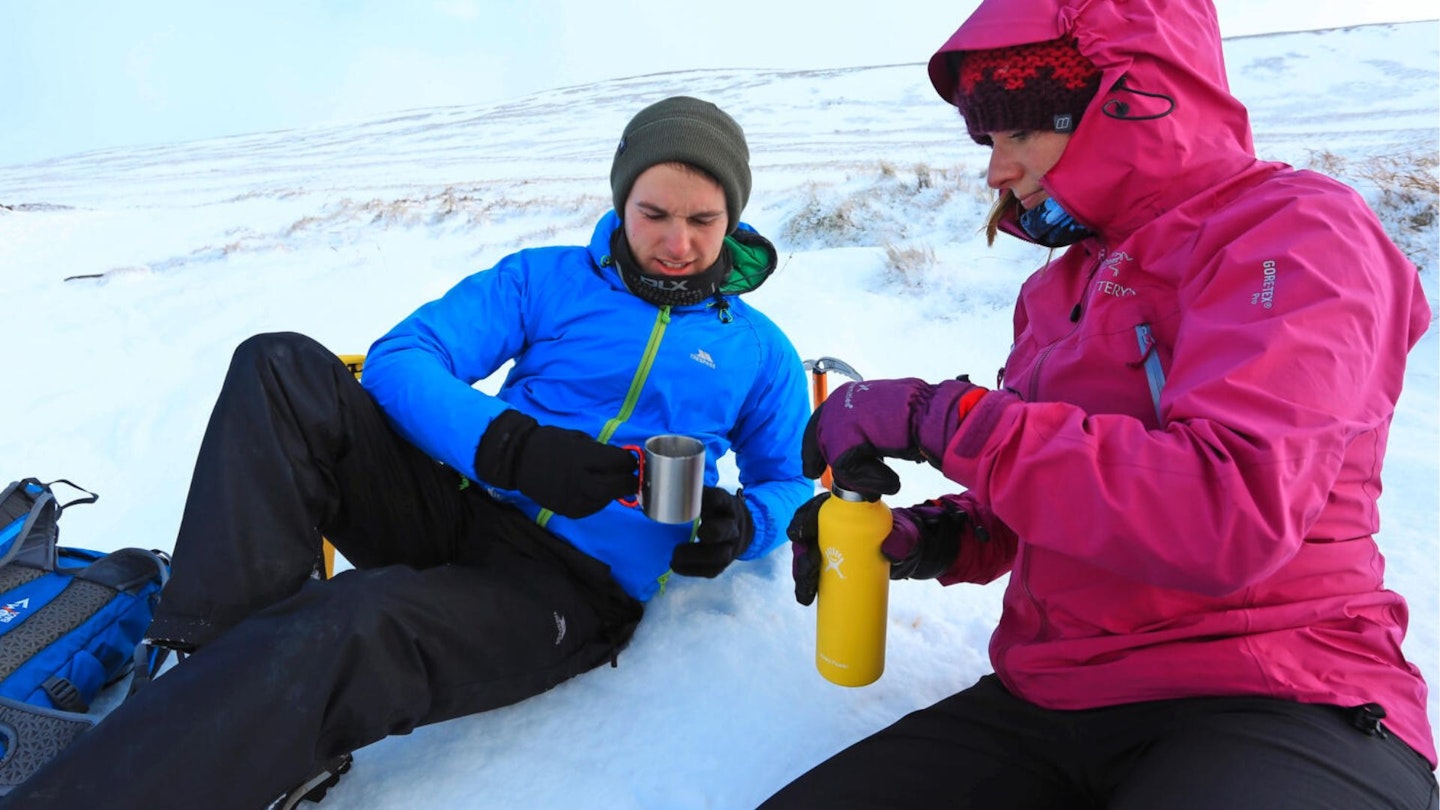
Outdoor brands have good excuses for some of these price increases. Higher shipping, energy and material costs are, inevitably, passed on to consumers, while Brexit complications over importing have forced big spikes in costs for most European-based brands. Or, in other words, there has been a perfect storm of factors pushing prices inexorably up for a number of years.
It’s important to remember though that this isn’t fast-fashion with efficient – but ethically dubious – ways of keeping costs down, such as using cheap labour and cheap materials. Outdoor brands charge high prices because of the industry they are in. They have to use expensive, high-quality, durable materials to manufacture complicated, technically advanced designs. They invest heavily in R&D to ensure their kit can perform in harsh environments, and, over recent years, they are spending more and more on switching to sustainable, eco-friendly processes. Plus they have to build up brand hype and marketing buzz somehow, while also knowing that – unlike mainstream products such as denim jeans or fashion trainers – they are selling into a niche market and won’t benefit from amazing cost efficiencies.
Take all of this into account and, perhaps, it begins to seem understandable why prices are so high. But hope is not lost. Despite what feel like sky-high prices, bargains can still be found, and there are loads of tips, tricks and strategies for saving money on your hiking gear. Here are our 17 top tips for becoming a savvy outdoor kit shopper.
1. Buy less stuff

The best way to spend less on gear is, well, to buy less of it. In this age of excessive consumption, it’s easy to think you need new, shiny kit all of the time, but that’s just not true. You don’t need seven mid layers, perhaps two will suffice. You certainly don't need any more than one Stanley flask. And you probably don’t need a third down jacket in the newest ‘cool’ colourway – the one you already own is fine. By tapping into a minimalist mindset, you’ll instead find yourself content with a small set of reliable, long-lasting kit.
2. Multi-purpose is money saving
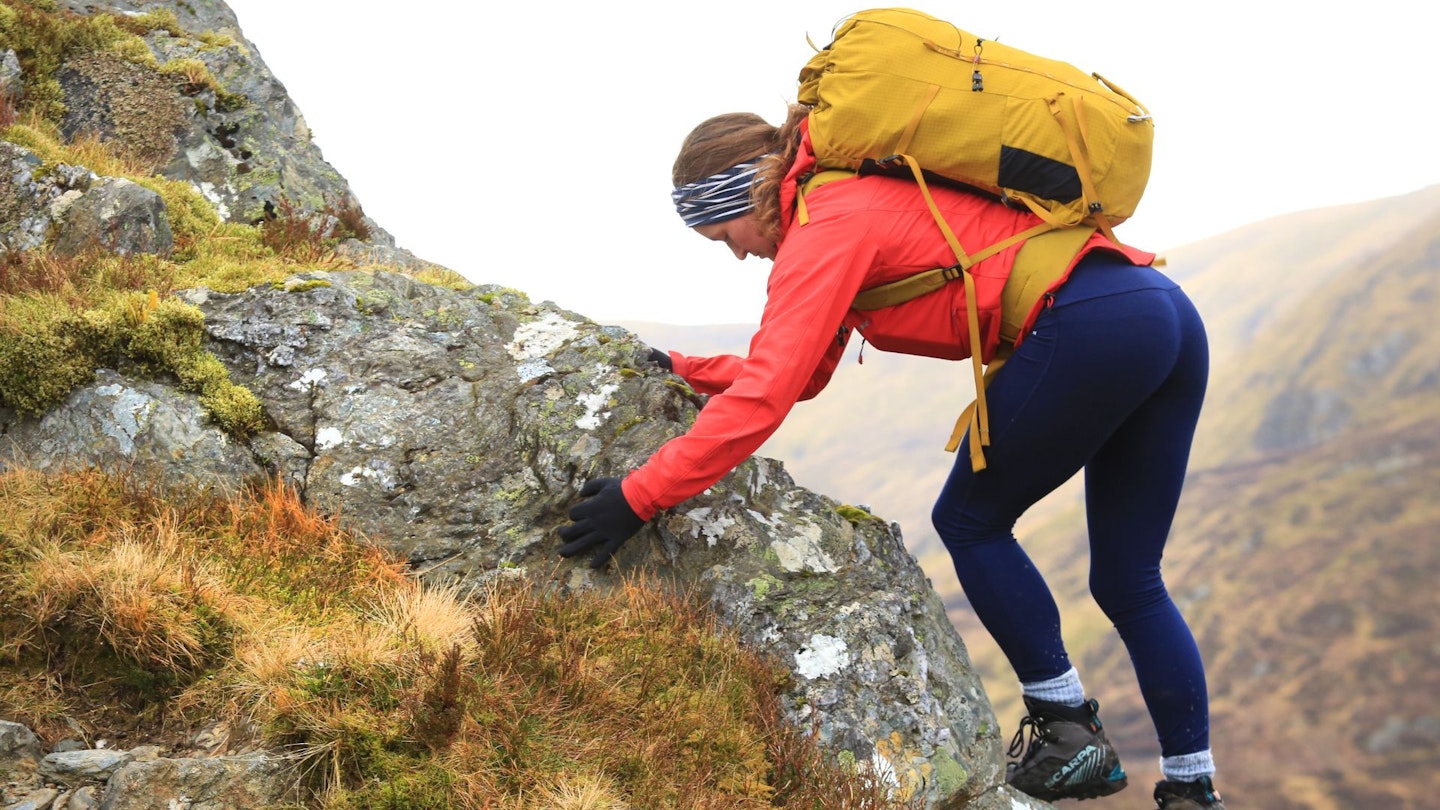
If you pare back your kit store to everything you need, and nothing you don’t, you’ll be spending your hard-earned cash as wisely as possible. Rather than buying one 20L daypack and one 65L backpacking pack, would a 40L pack suffice for all of your hiking needs? Or, rather than owning a pair of lightweight summer hiking shoes and a heavier winter pair of boots, could a 3-season boot hit the perfect middle ground for all of your hillwalking exploits?
3. Buy nice, not twice?
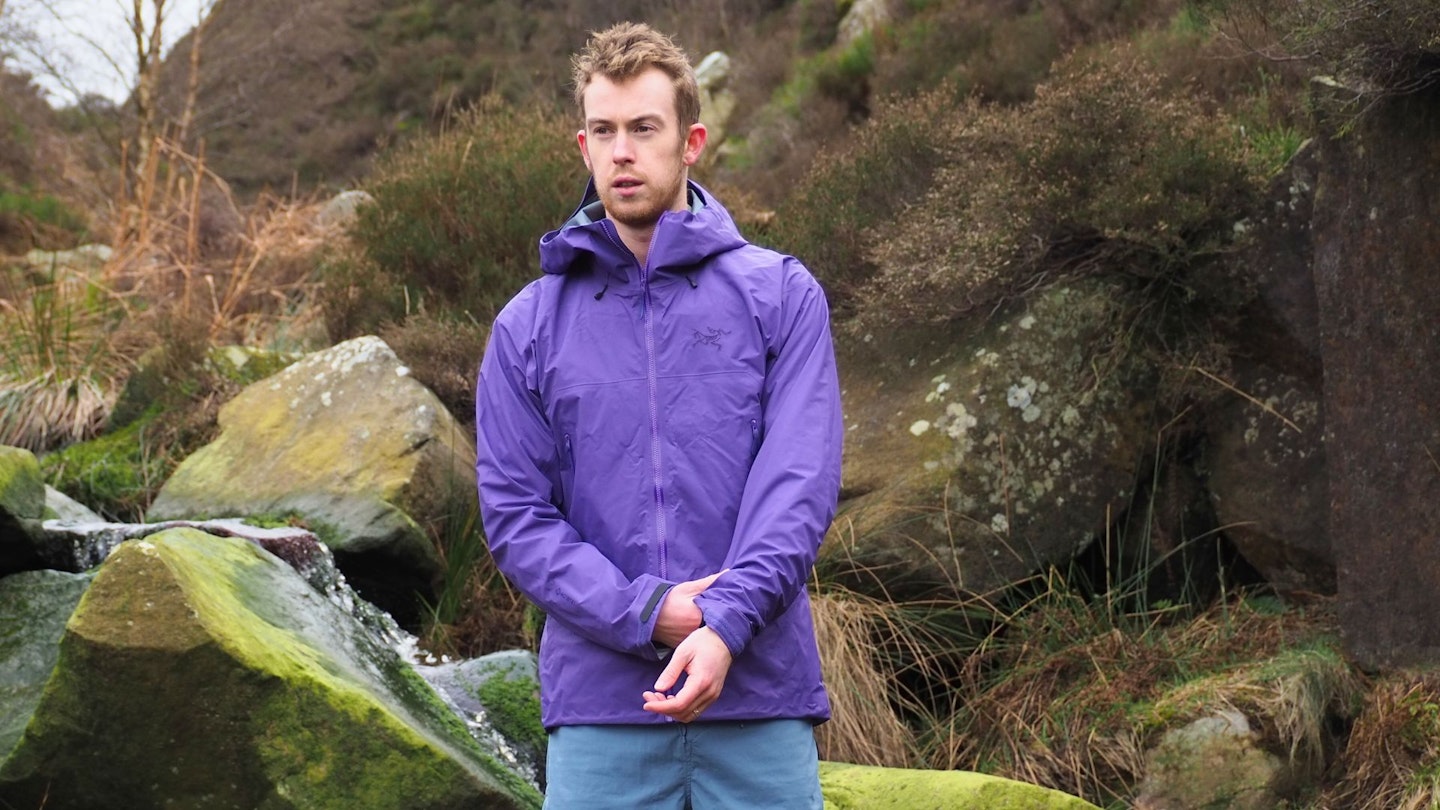
This is the conundrum when searching for a bargain. If a product is cheap, how long will it really last? With every purchase, it’s always worth considering long-term durability. If a bombproof pair of leather boots costs £300 but lasts 3 years, they are far better value than the ultralight (yet flimsy) hiking shoes that cost just £150 but have to be replaced annually. Read in-depth reviews, do your research and try to pick out well-priced kit with impressive long-term durability. Brands such as Rab and Mountain Equipment should hit this mark.
4. It's not a fashion parade
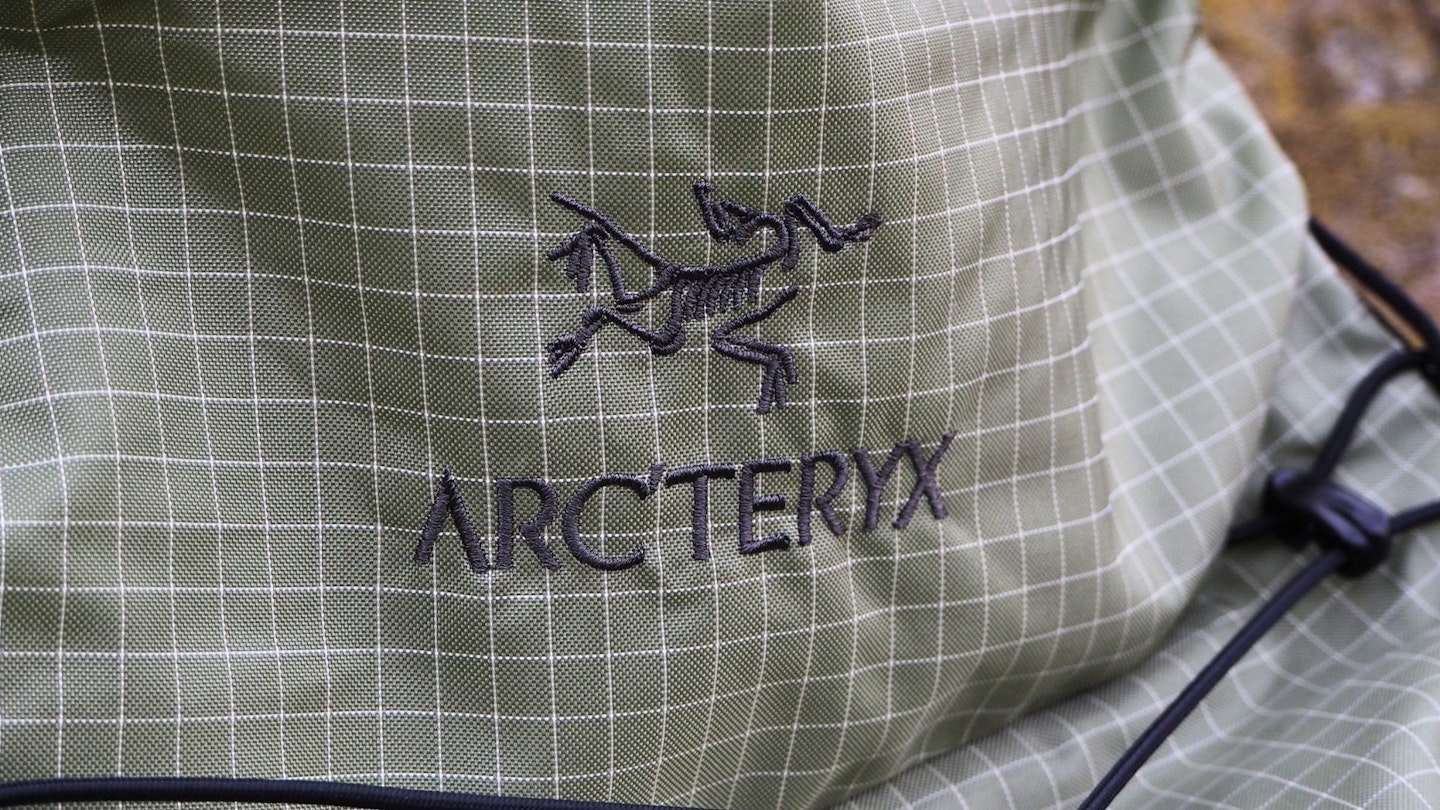
If a brand is on trend and in fashion, it will be more expensive – there’s no escaping it. Outdoor brands with loads of hype, such as Patagonia, The North Face and Arc’teryx, will never come cheap. They might win you bucketloads of fashion points, but for better value, look elsewhere.
5. Pick a cheaper but reliable brand
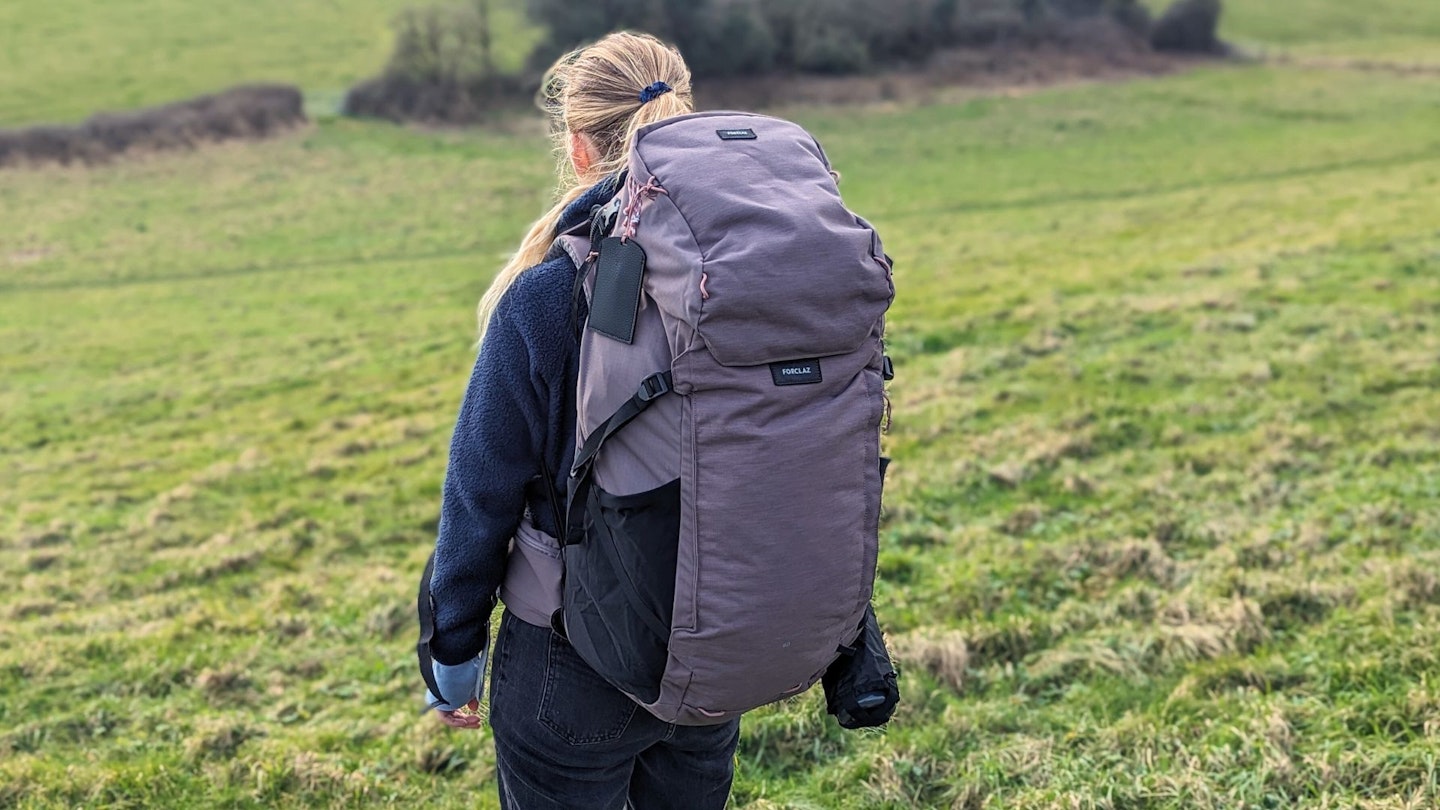
While some brands are known for sky-high prices, others are famous for their sensible prices and reliable kit. For the best value out there, Decathlon and Alpkit are two of the best options. If they don’t meet your needs, try Keela, Vango, Highlander Outdoor or Craghoppers.
6. Shop savvy but 'swapping'down'
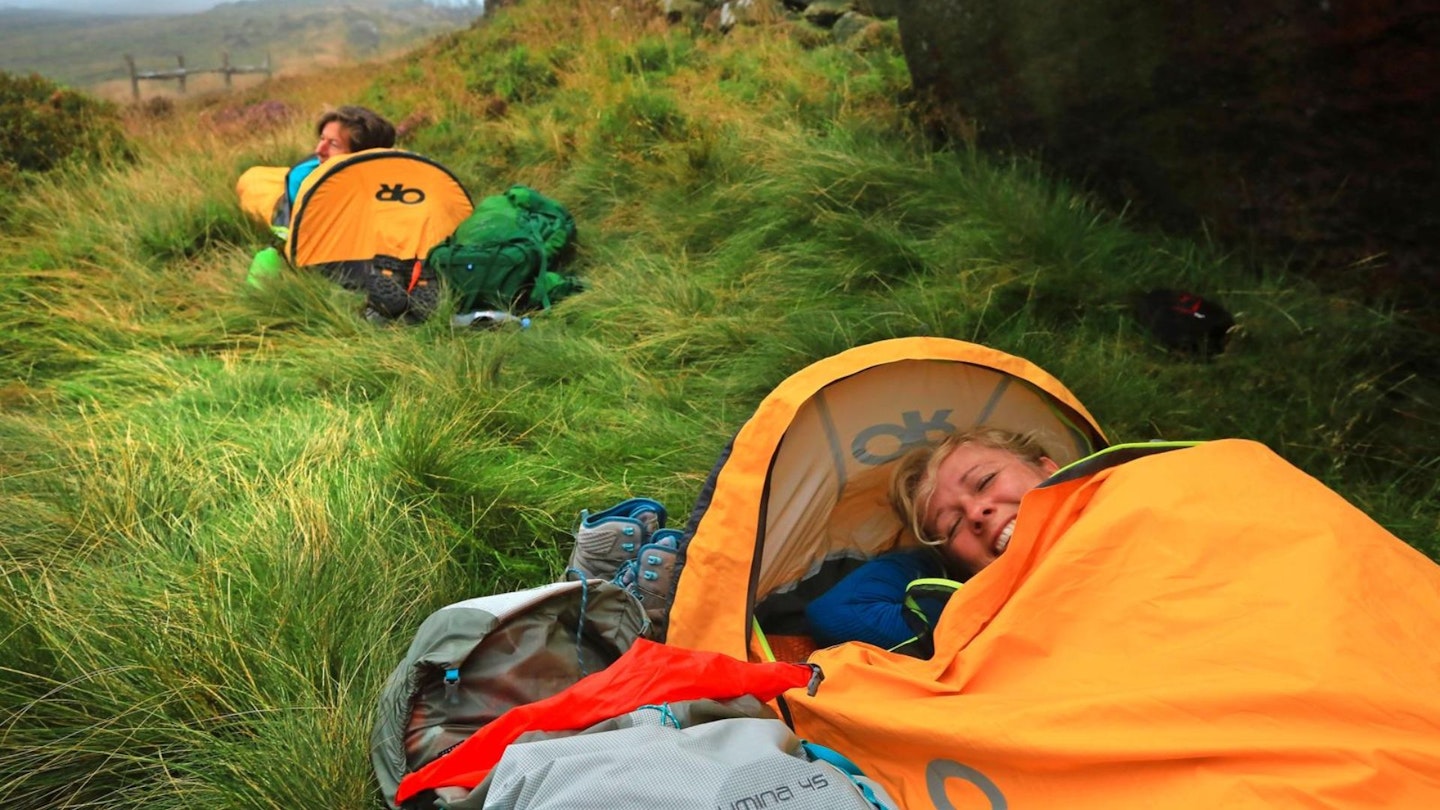
Can you ditch the top-end £400 solo tent in favour of a £30 bivvy bag from your local army surplus store? Do you really need the power of a £140 JetBoil Flash or will the £19 BRS-3000T from Amazon still do the job? By ‘swapping down’ some of your gear needs from premium to budget, you can make simple changes for big savings.
7. Buy secondhand
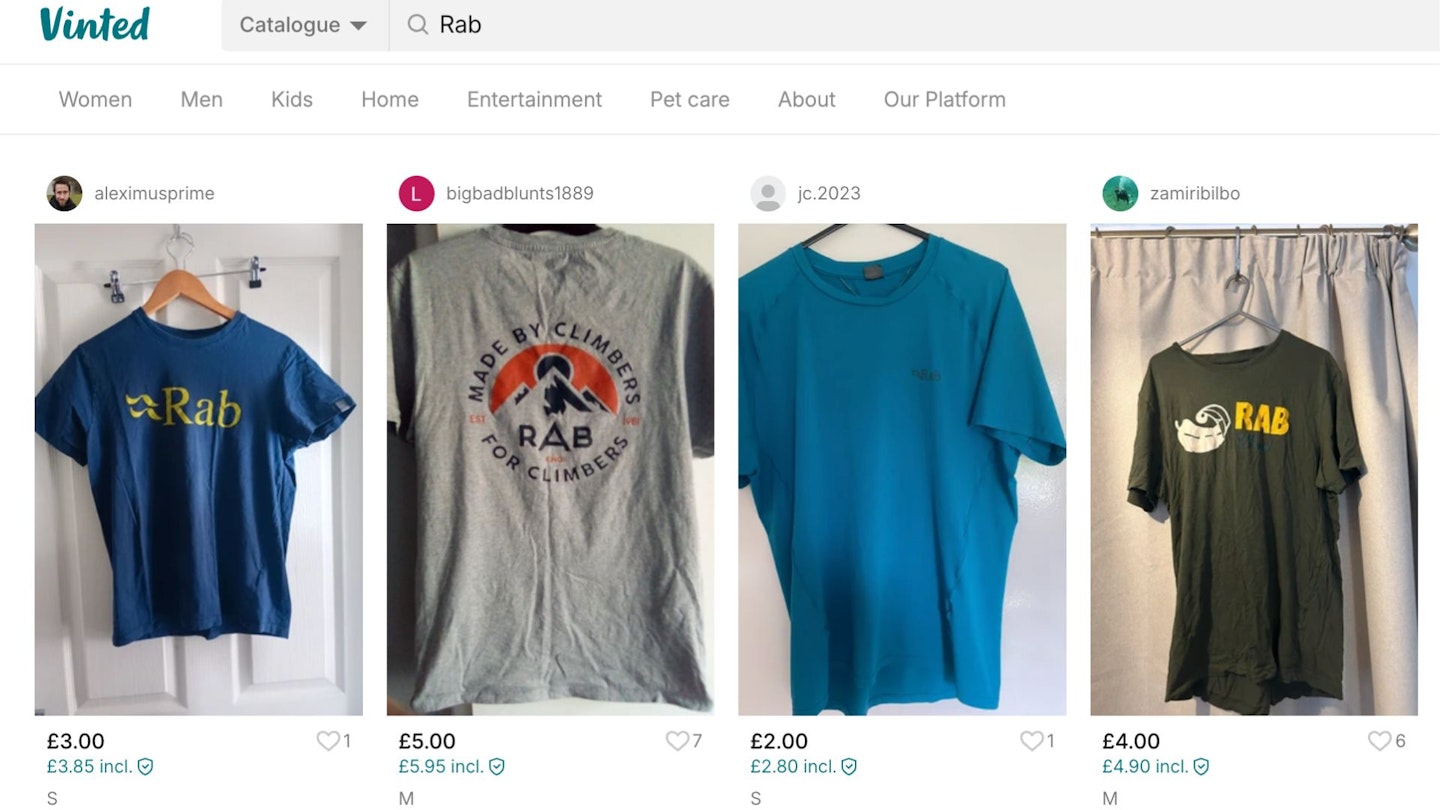
The internet is awash with pre-loved bargains. Vinted, eBay and the Outdoor Gear Exchange UK group on Facebook are great sources for secondhand hiking kit. But remember to shop with caution. Consider the condition and price of items carefully and beware of scams. Some brands sell re-conditioned kit too – check out inov-8’s ‘Renov8’ project and Vango Camping Recycled.
8. Sell your unwanted gear
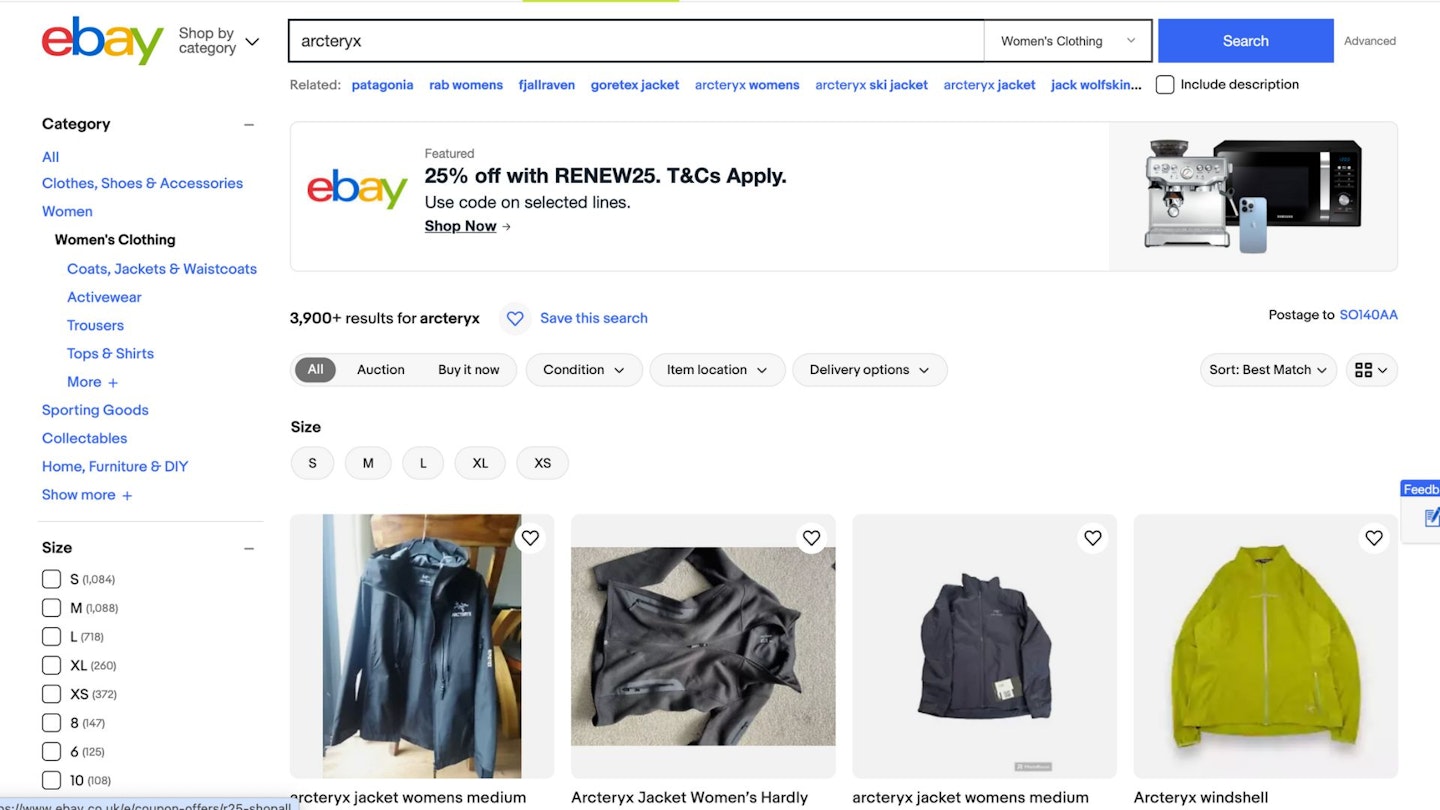
Don’t just buy secondhand gear – you can sell it too. Have a clear out of your gear cupboard and list any unwanted items online on eBay or Facebook Marketplace. Make a sale, post off the gear and – hey presto – you’ve made enough money for any new kit you need.
9. Maximise loyalty schemes and discounts

Why pay full price if you don’t have to? National Trust and BMC membership gives you 15% off at Cotswold Outdoor, while a £5-per-year Go Outdoors card reduces the price of hundreds of items in-store. Eagle-eyed Go Outdoors members can also take advantage of the firm’s price match guarantee – spot the same item cheaper elsewhere and Go Outdoors will beat the price by 10%.
10. Wait for the sales
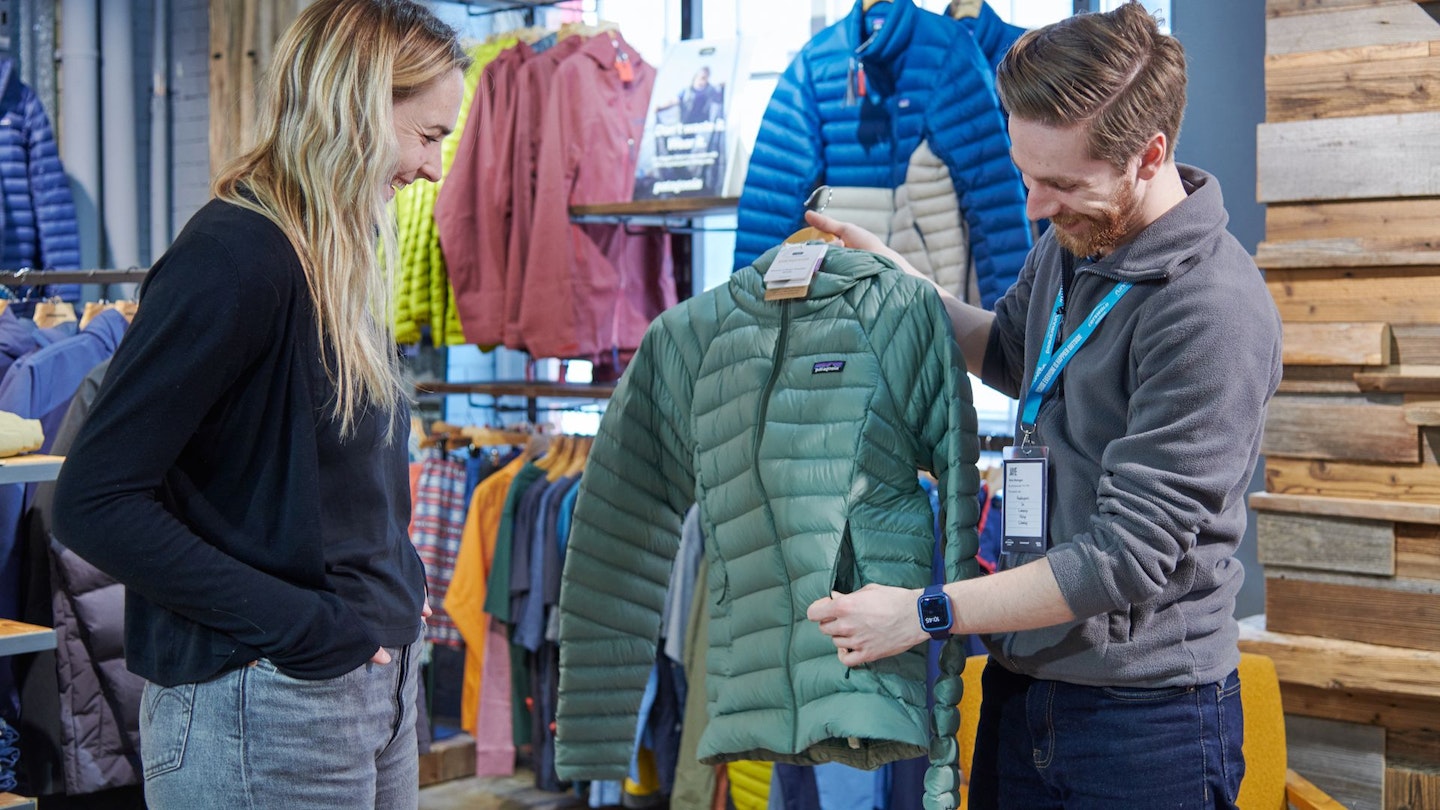
Time your purchases with big sales events, such as Black Friday, Cyber Monday or Amazon Prime Day, and you might save yourself loads of money. Brands also often have their own sales events, so keep your eyes peeled online. But be sensible too. You don’t want to get suckered in by an ‘unmissable’ sale and end up buying stuff you don’t really need.
11. Borrow don't buy

Borrowing instead of buying is a big money-saver. Ask your friends and family if they’d lend you kit, or – if that fails – try a commercial rental service from the likes of Decathlon, Plas y Brenin, Rab, Cotswold Outdoor or kitupadventures.com. Some shops have a 48-hour testing policy and you can also borrow maps and guidebooks from the library, rather than buying.
12. Market yourself and your adventures
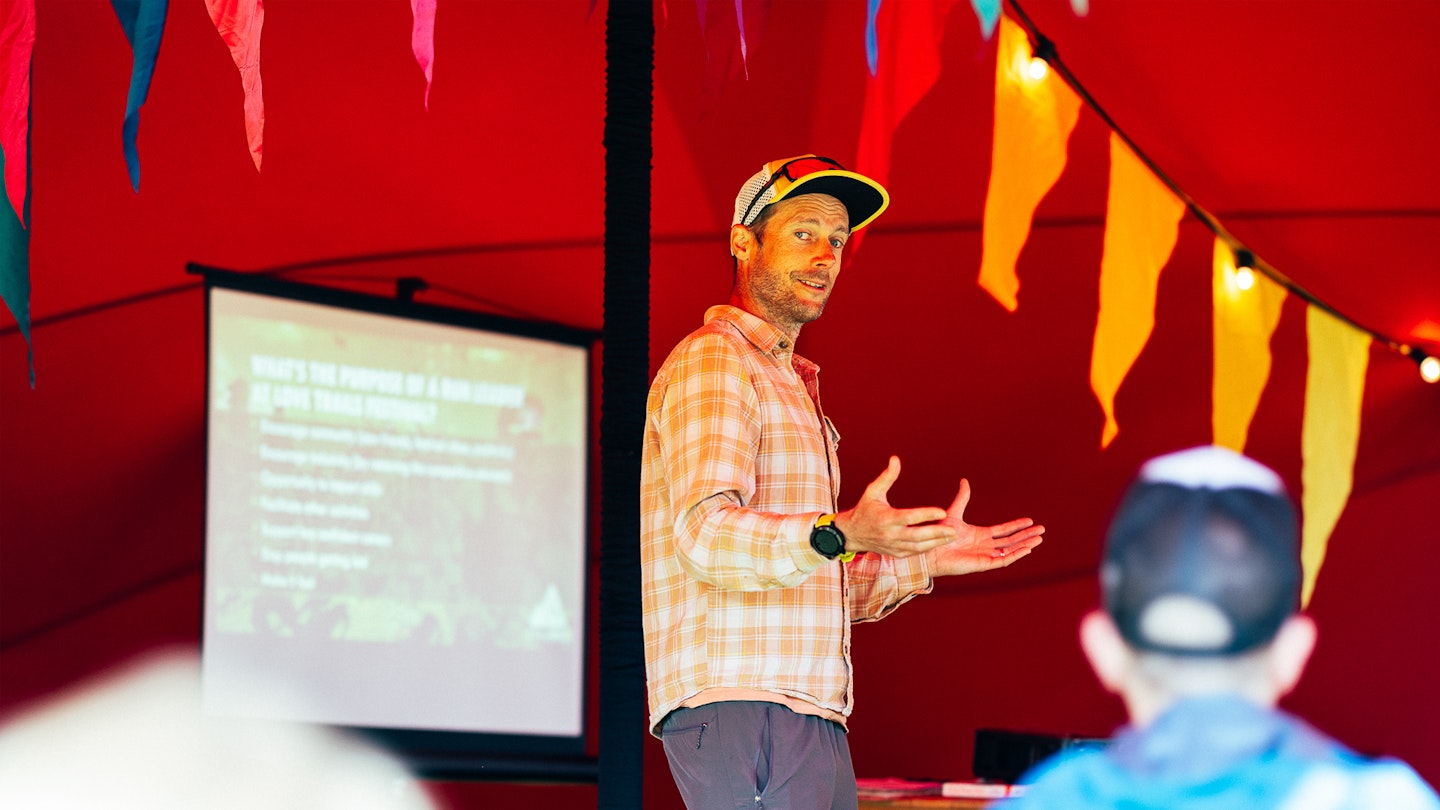
Are you undertaking an exciting expedition and have you built up a loyal social media following? Then why not try to get brand sponsorship? In return for some publicity, you might be able to secure a free jacket, tent or pair of boots.
13. Clean kit = cleaner finances
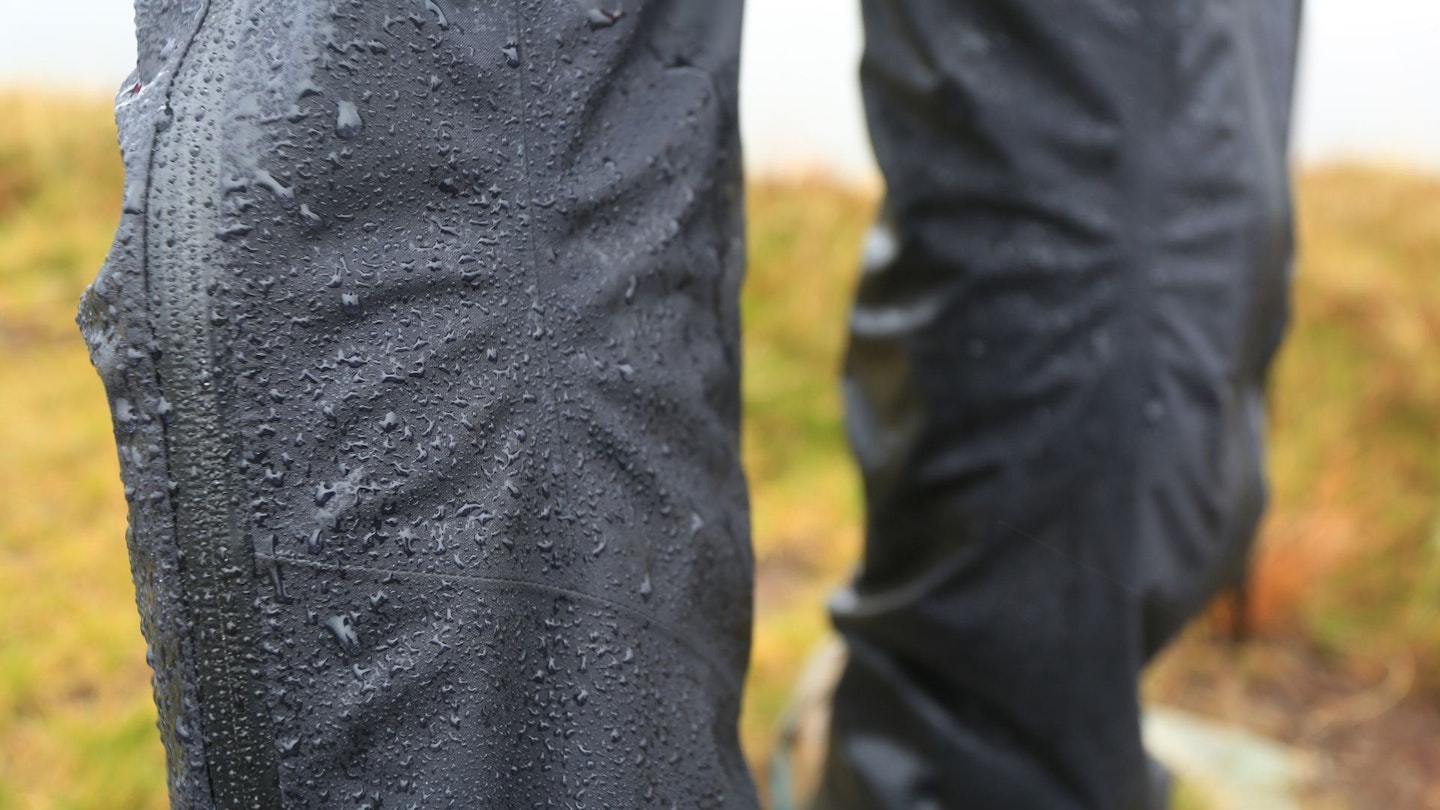
The longer gear lasts, the better value it is. Cleaning boots and re-proofing waterproofs can feel like a mind-numbingly boring chore, but it’s a vital way to look after your gear and extend its lifespan. Every few months, use Nikwax Tech Wash and TX.Direct Wash-In (or Grangers equivalents) to re-proof your waterproofs, and after every hike clean your boots to ensure dirt won’t dry out fabrics or corrode fibres.
14. Repair don't replace
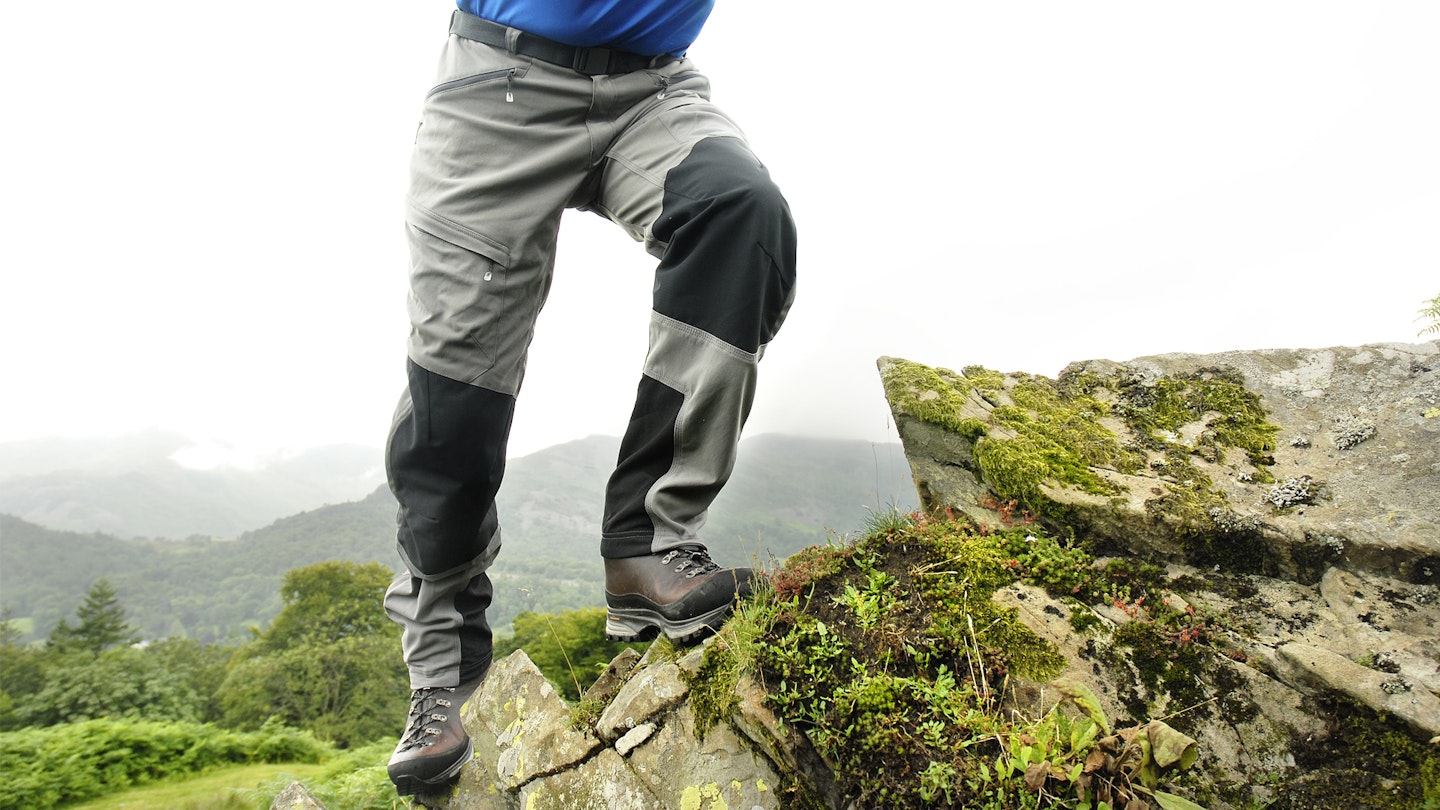
Don’t buy a new pair of boots; see if your local cobbler will re-sole them (specialist like Lancashire Sports Repairs repair pretty much all outdoor gear). Don’t ditch that ripped backpack; get your sewing machine out. And don’t dispose of your leaky sleeping mat; use sealer and patches to make it airtight again.
Brands such as Rab, Alpkit, Montane, Patagonia and Paramo have dedicated services for repairing damaged or ripped items too. Increasingly, retailers (such as Cotswold Outdoor) are offering similar services.
15. Become a storage guru
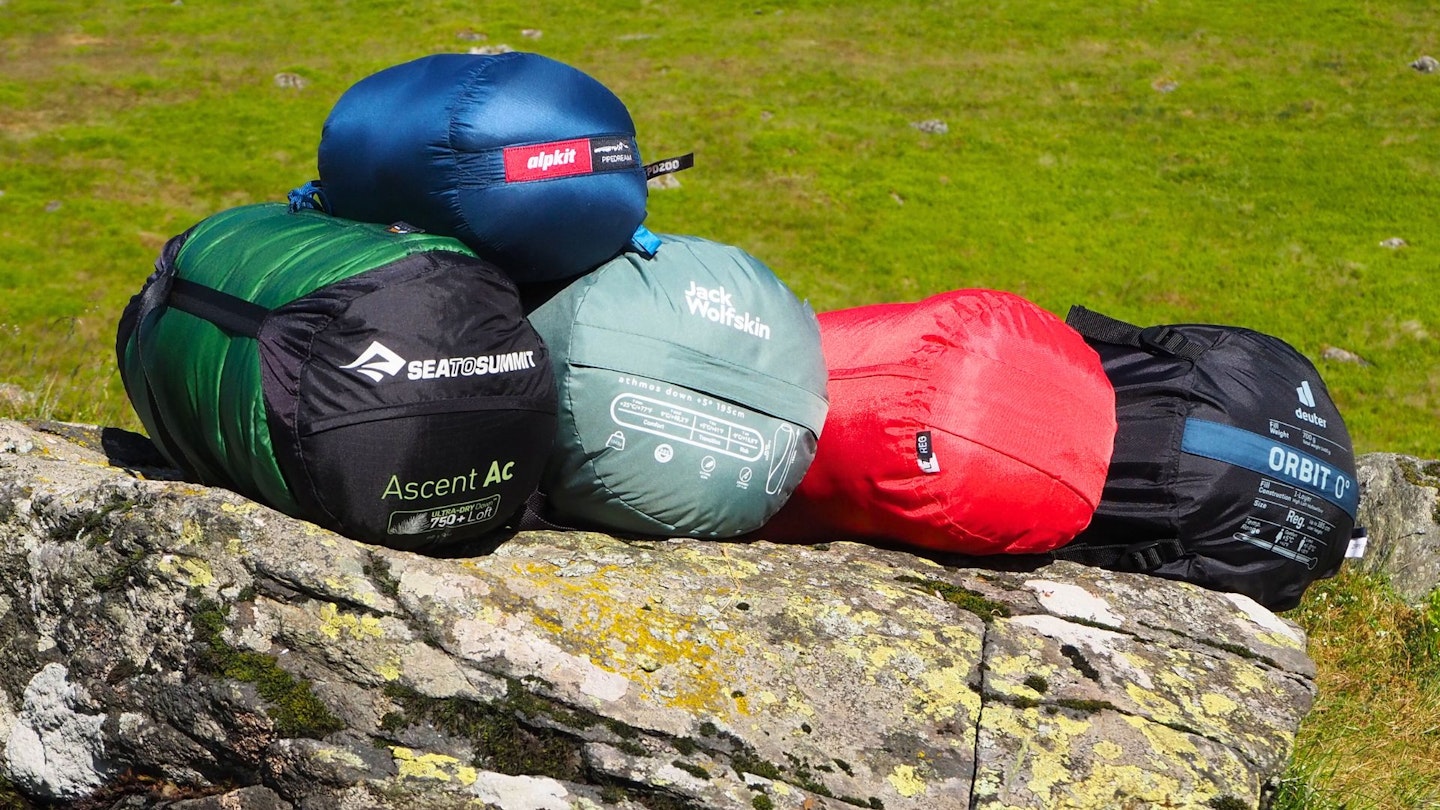
The way you store gear can affect its shelf life. A classic error is to store a sleeping bag stuffed in a compression sack. This will crush the insulation and damage its loft. Instead store your sleeping bag uncompressed in a larger, looser mesh bag. Sleeping mats should be stored flat and deflated with the valve open, rather than rolled up.
16. Clean carefully
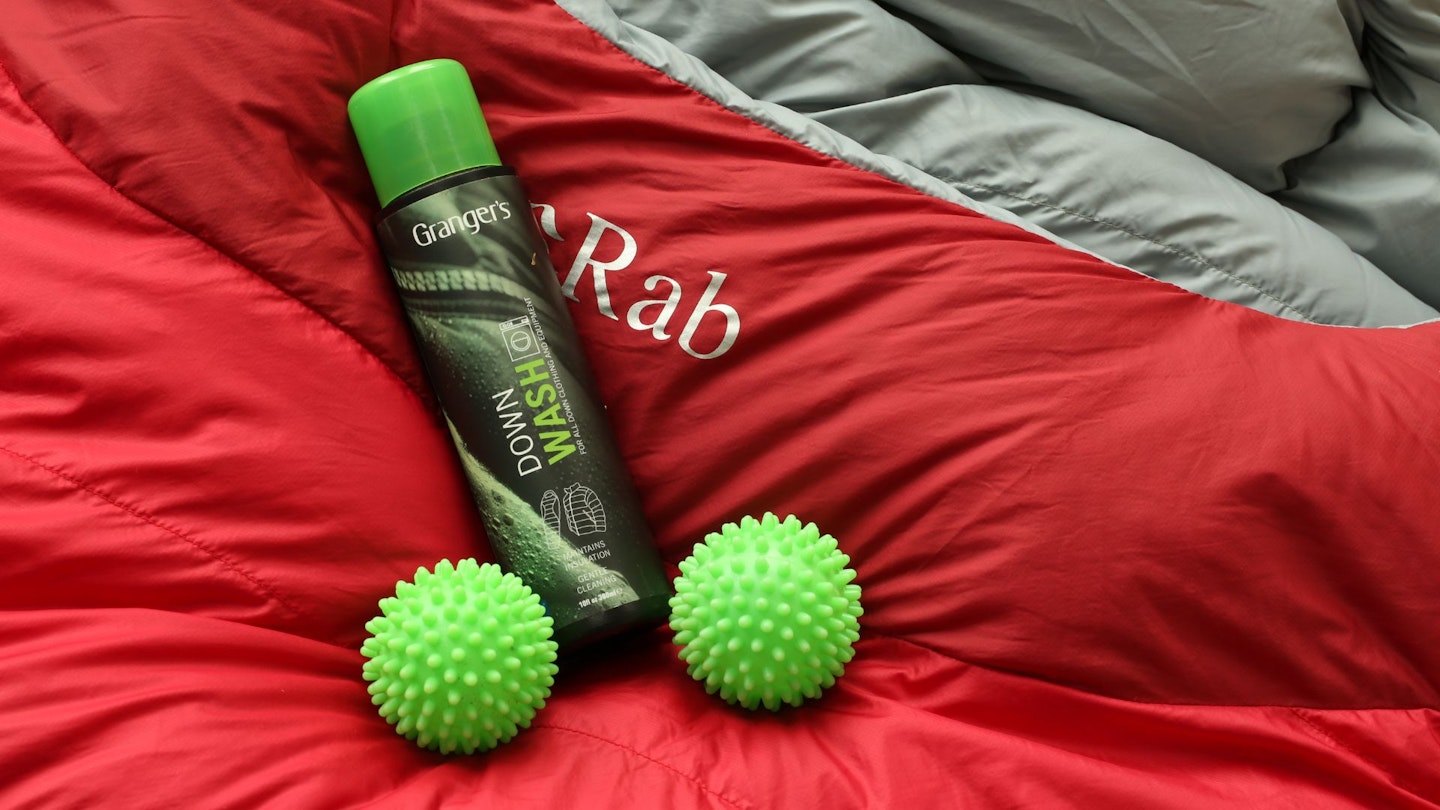
Be gentle. That’s the principle to follow when washing outdoor gear – failing to do so may ruin breathability, water repellency, fibre integrity and technical performance. Follow instruction labels, wash (usually) at 30°C, minimise the spin speed, and always use a specialist, delicate washing detergent.
17. Save money elsewhere, spend it on gear
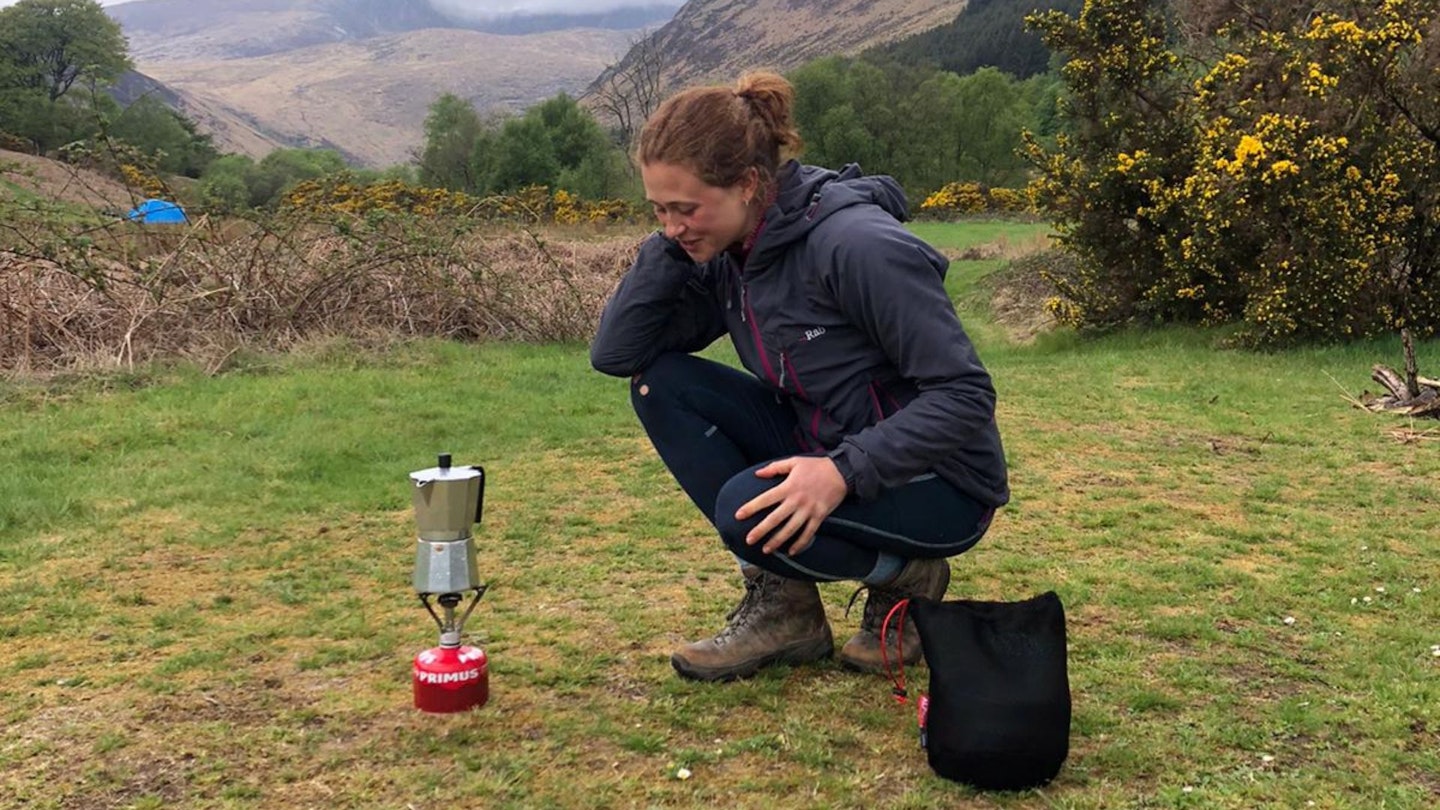
B&Bs, drive-thru coffees, pub meals, parking, petrol: adventures can be expensive. But there are ways to save your pennies. Go wild camping, make a packed lunch, brew your own coffee, park in a free lay-by, or consider carpooling, cycling or hitch-hiking to the mountains. The pounds saved can be used as a treasure chest for buying gear.
About the Author
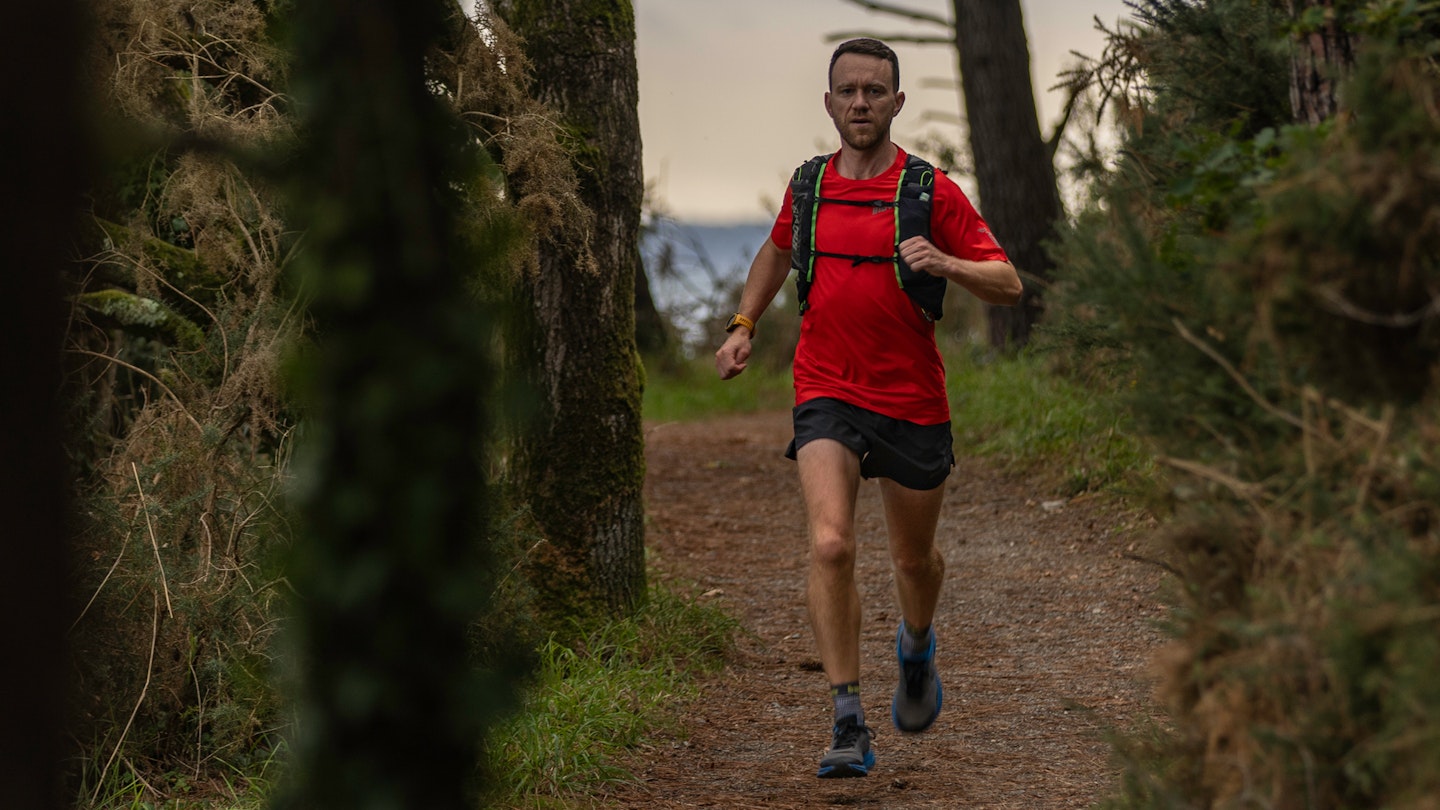
This article was written by James Forrest, one of the UK's leading adventure writers and gear testers. James knows a lot about saving a bob or two, and is always finding ways to make his kit last longer.
